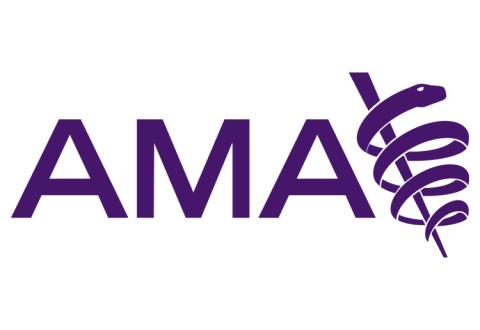by Morley Evans
Some of us still remember house calls, five-dollar office visits, worn black medical bags toted by doctors with stethoscopes dangling from their necks. Before the Flexner Report, mechanics made more than doctors and the brightest students avoided the profession to enter the clergy.
Not anymore. So-called modern medicine is a new religion. As in the United States, medicine in Canada is a cartel protected and fed by the State. Canadian medicine generally apes the lead of American medicine.
However, the Canadian Medical Association was created in 1867, a few months after Confederation. Half a dozen doctors in Montréal created the CMA. The American Medical Association came into being in 1900.
This article addresses the American experience.
The Flexner Report and Our Modern Medical Cartel
Although we’ve been given a brief respite from COVID-19 pandemic news, it’s likely that the killer of over one hundred thousand so far in America will leap back to the front page and that continuous calls to flatten the curve will return to top of the mind.
As a friend and fellow ex-University of Nevada Las Vegas (UNLV) Rothbard student reminded me, flattening the curve essentially means to socialize medicine: to ration healthcare, giving preference to COVID sufferers at the expense of non-COVID emergency medical care and elective procedures.
If the US healthcare system is the cowboy capitalism that many believe it is, why aren’t there doctors, nurses, and PPE (personal protective equipment) in abundance? Why the need to portion out medical care and talent?
The American Medical Association (AMA) was founded in 1847, incorporated in 1897, and as Paul Starr wrote in “The Social Transformation of American Healthcare: The Rise of a Sovereign Profession and the Making of a Vast Industry,” “The key source of physicians’ economic distress in 1900 remained the continuing oversupply of doctors, now made much worse by the increased productivity of physicians as a result…[of the] squeezing of lost time from the professional working day.”
Starr points out that the number of medical schools expanded at the end of the nineteenth century. From the founding of the AMA to 1900, the number of medical schools more than tripled from 52 to 160. The population expanded 138 per cent between 1870 and 1910, while the number of physicians increased by 153 per cent.
“The weakness of the profession was feeding on itself; ultimately help had to come from outside,” Starr wrote. Help came in the form of the Flexner Report, penned by Abraham Flexner, whose claim to fame was being the brother of the powerful Dr Simon Flexner, a key player in the chase for a vaccine to battle the 1918–19 Spanish flu, which killed 35 to 100 million people worldwide.
Brother Abraham was not a doctor himself. And while the report was commissioned by the Carnegie Foundation, “Flexner’s report was virtually written in advance by high officials of the American Medical Association, and its advice was quickly taken by every state in the Union,” Murray Rothbard explained in Making Economic Sense.


No comments:
Post a Comment